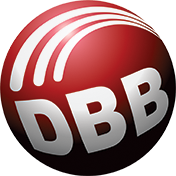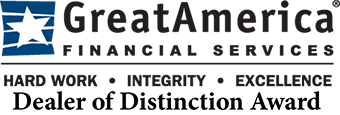Modern businesses handle extraordinary amounts of information in a typical workday. Invoices, budgets, accounting policies, security policies, contracts, human resources documents, and more all must be processed on a regular basis. While manual entry is still one of the most common ways to process this data, it is a technique that is labor intensive, slow, and fraught with errors.
For data entered with pen and paper and retyped into a computer there are several risks for errors. First, if the material is originally written incorrectly and next when it is input incorrectly into the computer, either due to being misread or mistyped. As an example, among financial services organizations nearly a third — 28% — say that errors due to manual entry processes are the biggest hurdle when it comes to data reconciliation. And poor-quality data contributes to wasted labor hours, poor decision-making, and even regulatory fines.
One way to reduce the probability of data error is to streamline processes through automation. Many companies are moving to a more digital infrastructure and automating workflows is part of that process.
Automating Your Document Workflows for Efficiency and Accuracy
Automating document workflows through a document management solution (DMS) produces an easy way to implement processes that helps users store, collaborate, delete, edit, organize, and manage the documents — and data — your organization needs to conduct business. By structuring your data, you can reduce organizational chaos, increase transparency, encourage stronger team building, and solve problems faster. When optimizing your document workflows, consider these five tips:
- Create a (Secure) Central Document Operating System
To improve your collaborative strength and bring your team together, consider a centralized document solution that removes silos that typically exist among departments. A centralized document repository ensures that all staff have access to the information they need to work productively and that access to specific, or potentially sensitive, information is restricted to those with the proper authority. Administrators can set permission levels and easily grant — or remove — permissions on an as-needed basis.
Additionally, be sure the DMS you use contains inherent security processes to help protect your data and keep you compliant with any data protection and privacy requirements.
- Use Specific Criteria
Even if you have corralled all information in one central location, searching through it manually can be a slow and laborious process. When setting up a DMS, create clear, specific categories for your information based on typical search criteria. A program that provides filtering options so you can fine-tune your search criteria is optimal for fast scanning through hundreds of documents.
- Automate, Automate, Automate
Automating repetitive tasks associated with documented information can help increase both efficiency and productivity and free up staff to focus on tasks that move that revenue needle higher. Using document management software, you can create tasks that are triggered by any number of actions and even notify team members when actions are completed. Team members or stakeholders can be tagged in an action where necessary and status changes can be updated automatically so that projects — and staff — stay on task.
- Integrate with Often-Used Applications
Today’s businesses use a wide variety of applications and software to get their jobs done. In fact, last year the average business used an astonishing 80 unique Software-as-a-Service applications in the course of business. You will want your document management system to integrate seamlessly with these applications to reduce the probability of dispersed or siloed information, increase collaboration and communication, and tackle the specter of staff frustration that often accompanies software solutions that don’t work well together.
Let Doing Better Business Guide Your Business Through the Optimization Process
In today’s hypercompetitive marketplace, bigger isn’t necessarily better. But organized is. If you want to maintain your competitive edge, you must put solid strategies into place to help you corral, sort, and share critical information among team members, shareholders, decision-makers, and even customers. Knowledge is power — and information is the key to the knowledge you need to make better decisions, jumpstart productivity, and provide your customers with the products and services they need.
Our document management solutions provide leading edge technologies that support your workflow management, protect your sensitive data, and help your team collaborate intelligently — no matter where they are located.
Transform your data into a powerful, business-building force. Contact a representative from Doing Better Business and explore how our suite of document management solutions can take your business to the next level.

